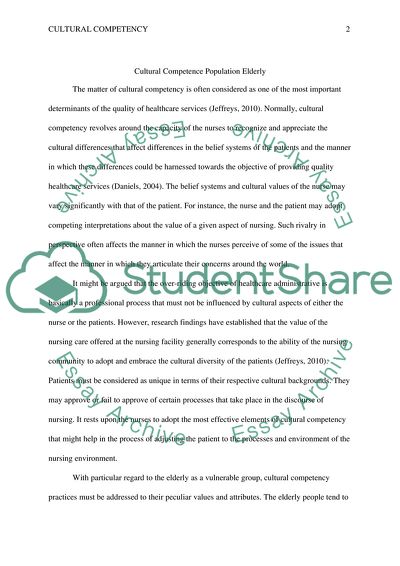Cite this document
(Cultural Competence Population Elderly Article Example | Topics and Well Written Essays - 1750 words, n.d.)
Cultural Competence Population Elderly Article Example | Topics and Well Written Essays - 1750 words. https://studentshare.org/nursing/1781041-culturally-competent-population-elderly
Cultural Competence Population Elderly Article Example | Topics and Well Written Essays - 1750 words. https://studentshare.org/nursing/1781041-culturally-competent-population-elderly
(Cultural Competence Population Elderly Article Example | Topics and Well Written Essays - 1750 Words)
Cultural Competence Population Elderly Article Example | Topics and Well Written Essays - 1750 Words. https://studentshare.org/nursing/1781041-culturally-competent-population-elderly.
Cultural Competence Population Elderly Article Example | Topics and Well Written Essays - 1750 Words. https://studentshare.org/nursing/1781041-culturally-competent-population-elderly.
“Cultural Competence Population Elderly Article Example | Topics and Well Written Essays - 1750 Words”. https://studentshare.org/nursing/1781041-culturally-competent-population-elderly.


